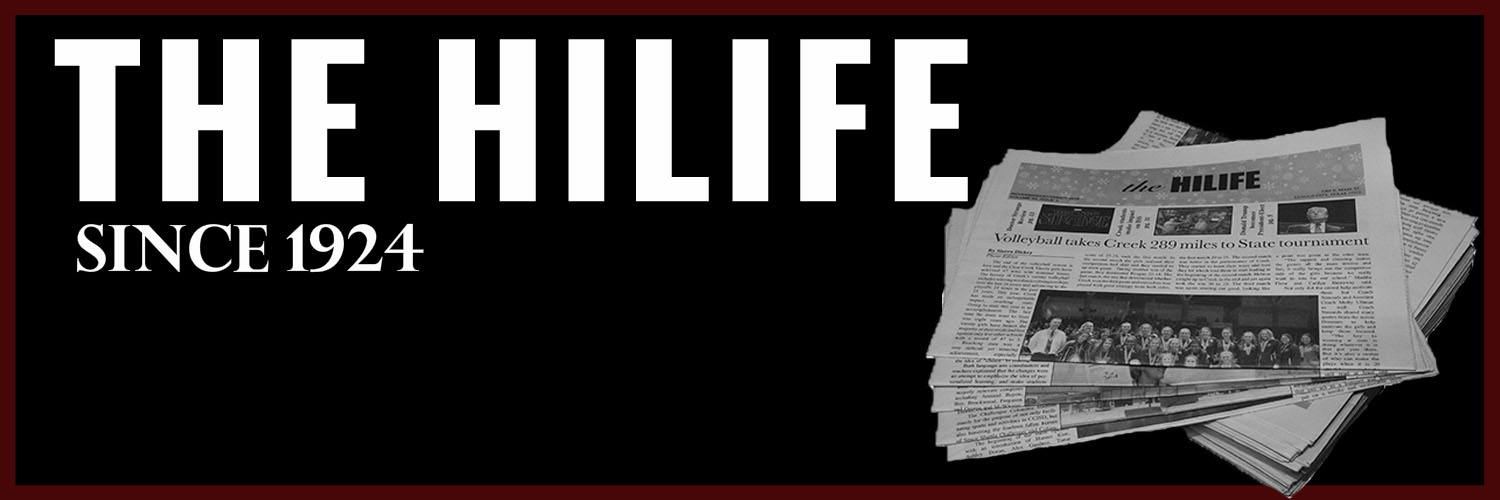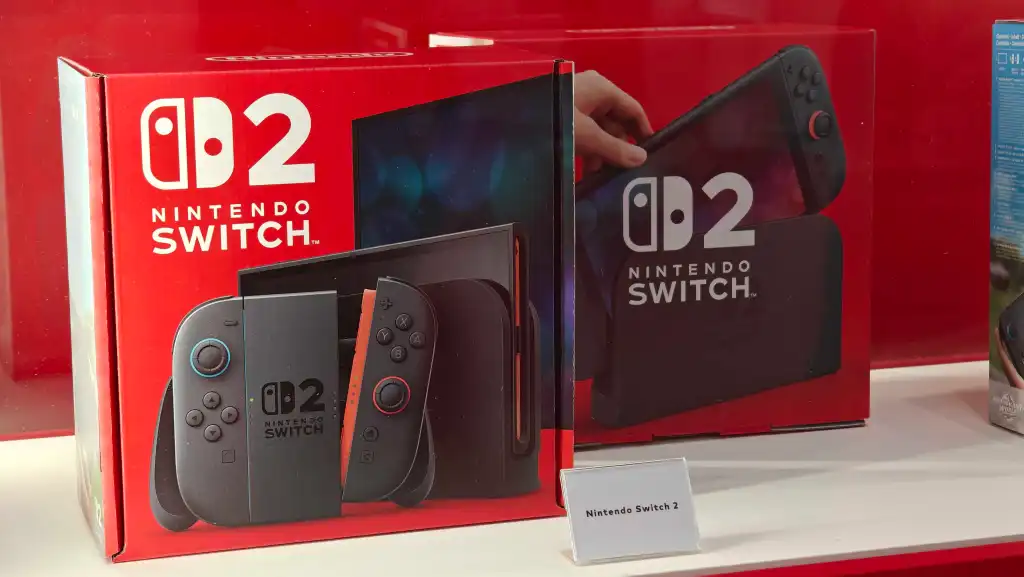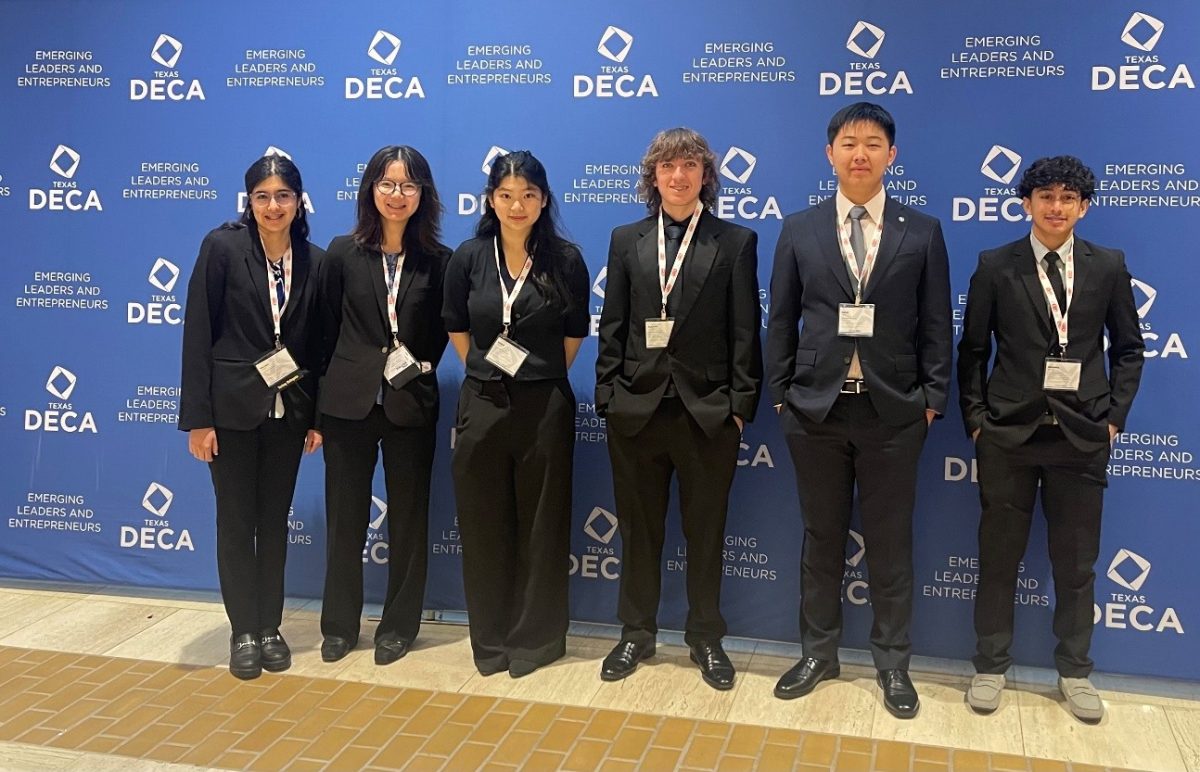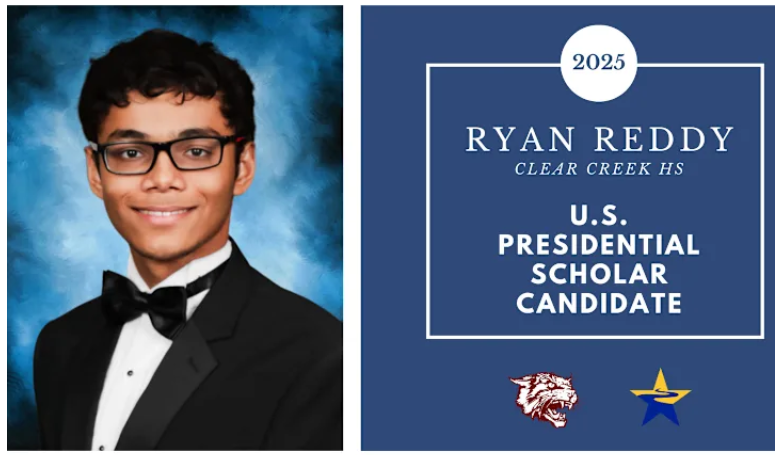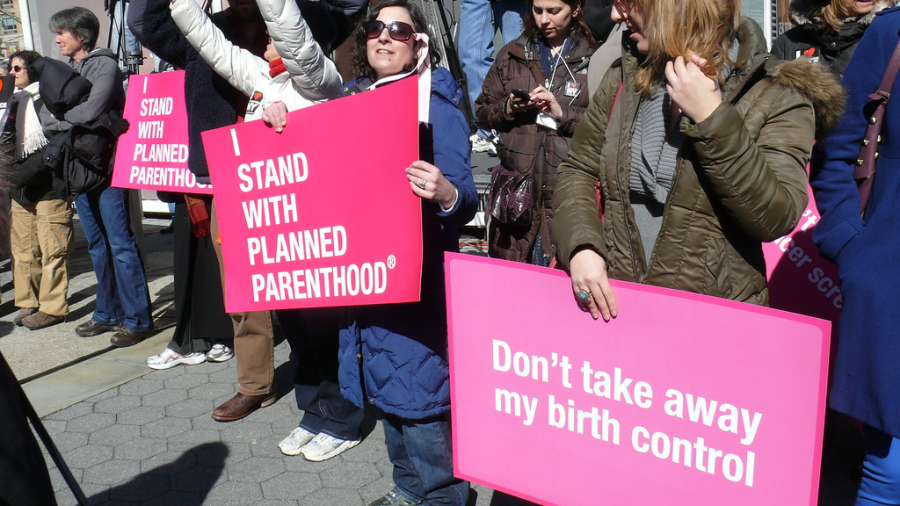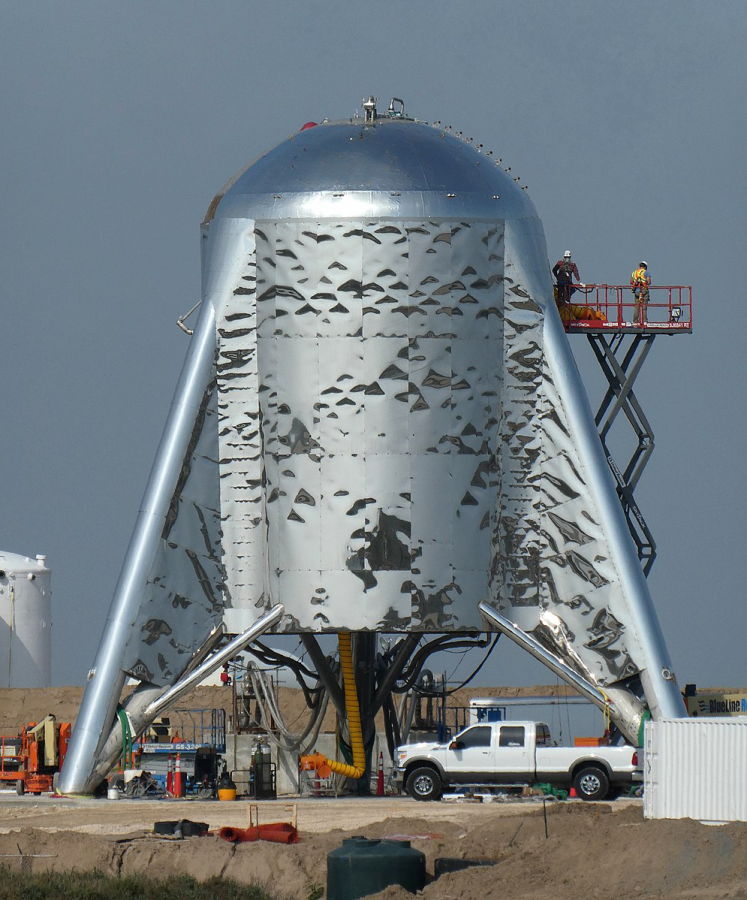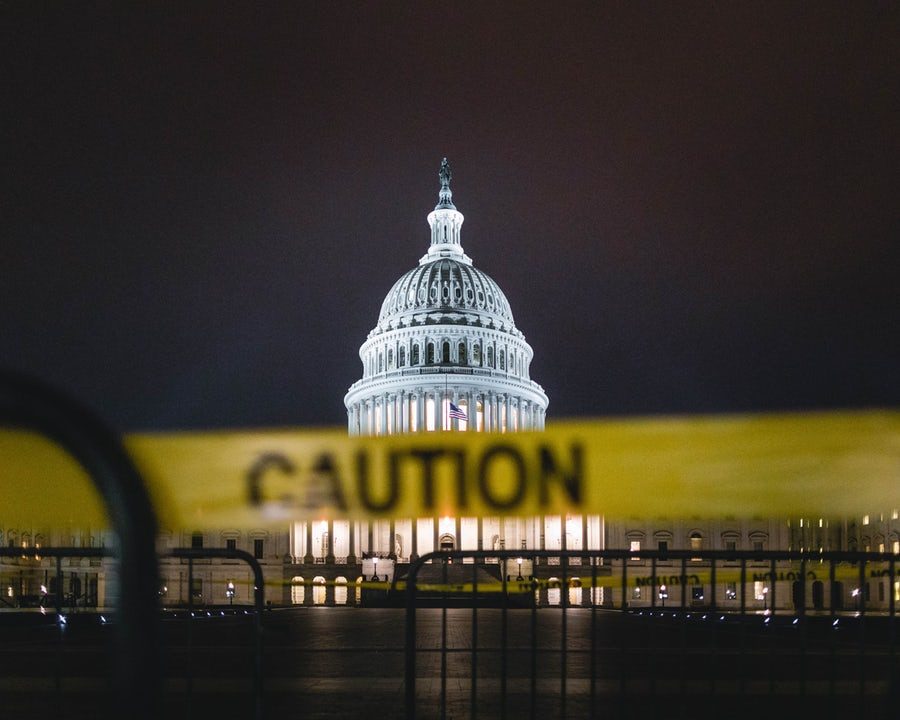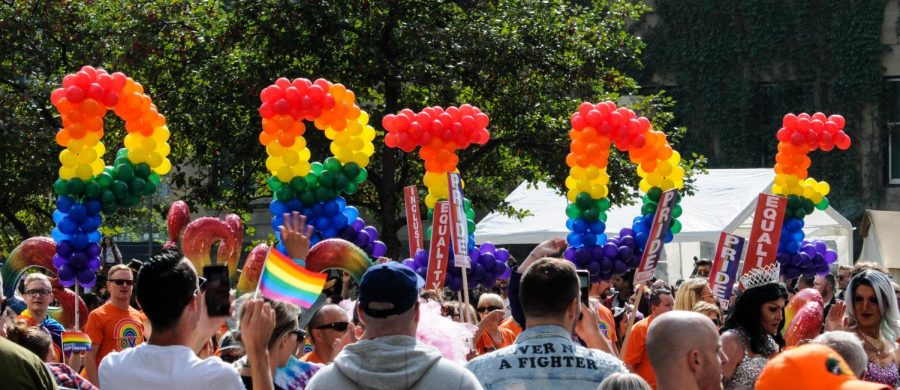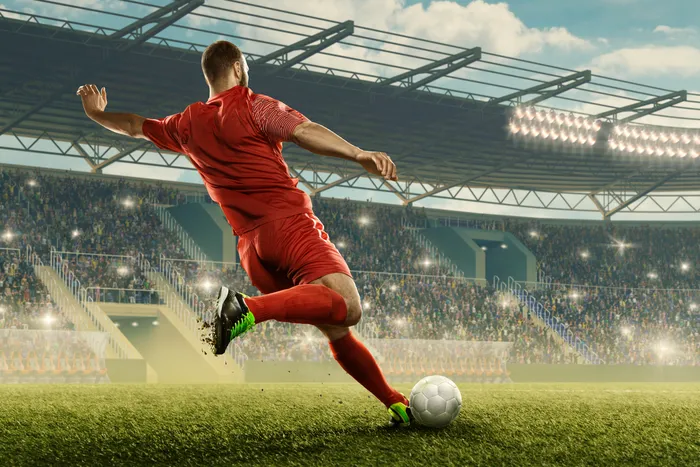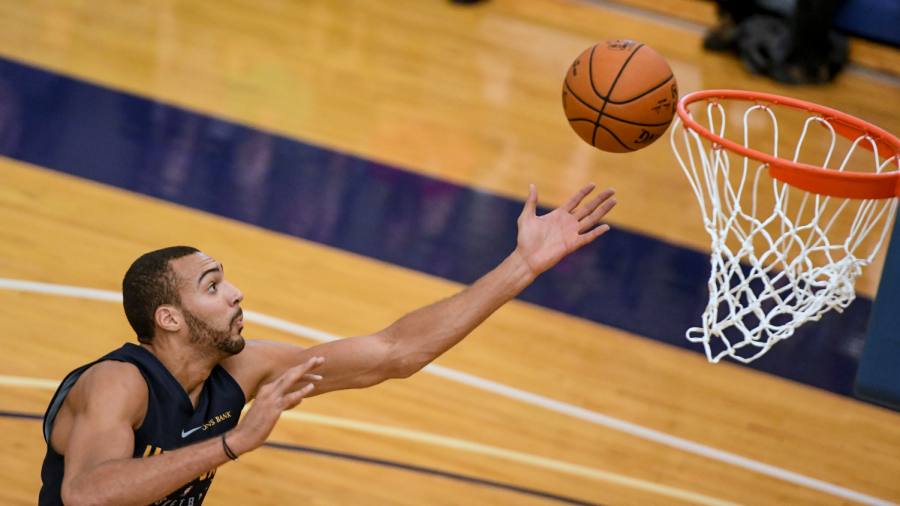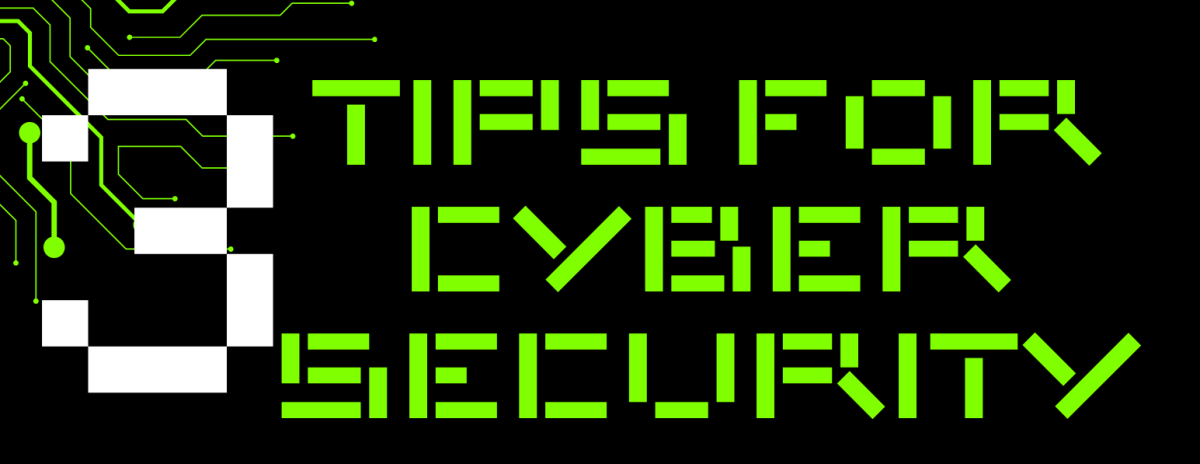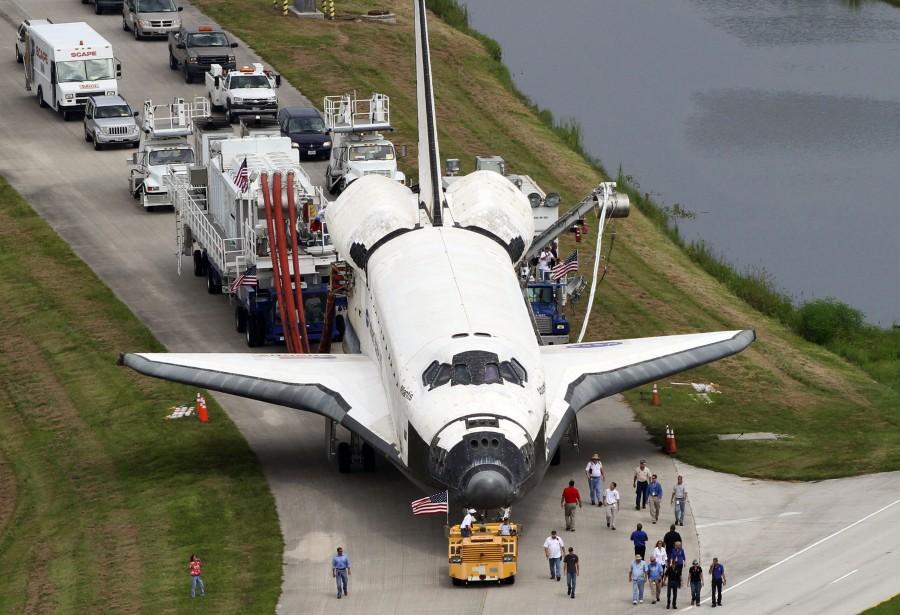One Year Mission Landing
Space shuttle Atlantis, STS-135, is towed to a Oribitor Processing Facility at Kennedy Space Center in Florida, after landing Thursday, July 21, 2011, concluding 30 years and 135 missions. (Red Huber/Orlando Sentinel/MCT)
April 8, 2016
American astronaut Scott Kelly and Russian astronauts Mikhail Kornienki and Sergey Volkov returned to Earth on March 1st in Kazakhstan, Russia. Kelly and Kornienki, both in space for over a year, joined with Russian astronaut Volkov, stationed at ISS for over five months, to come home.
The mission, which launched in March 2015, will pave the road for future missions to Mars and beyond. The 340-day duration of the mission was a practice for the 30-month span of time that future missions to Mars will be. Some of the key focuses of the mission are seeing how the human body reacts to weightlessness and stress, among other bodily conditions, during long time periods in space. Scott Kelly set a record as the first American astronaut to habitat space for the longest duration stationed, on the International Space Station for340 days. The feat for the Russians, however, was no record as four astronauts have spent over a year in space.
American astronaut Scott Kelly is also part of a first time experiment with his identical twin Mark Kelly, a retired astronaut, called the Twins Study. The two became the test subjects in the study to examine the parallel effects that space has on the human body in space and on Earth. The “astro-omics” study will lay the foundations for the eventual development of precision medicine-based countermeasures for astronauts that may contribute to future missions to Mars, according to NASA. The Kelly brothers will be used to advance the study of biomolecular sciences in space relative to earth. The Twins Study will be a part of cancer research advancements, as Scott will be have been exposed to larger amounts of radiation compared to Mark.
Now back on Earth, Scott will go through over a year of medical studies alongside his brother to test the differences. One very noticeable change between the twins was that Scott Kelly grew two inches over his year in space, due to the lack of gravity, though it is not permanent.
Scott Kelly shared over 1000 personal pictures he took in space on social media, including breathtaking pictures of auroras, sunsets, sunrises and large weather cells, such as Hurricane Patricia. Kelly even discovered his own green thumb, growing flowers and a variety of plants in space, even making his own bouquet of space-grown flowers for Valentine’s Day. Kelly spoke about his time in space, saying that the duration impacted him not just physically, but emotionally.
“I’m normally more of like the tough fighter pilot kind of guy, but… I think I’m a little more compassionate now. I think it does change you when you spend all this time removed and detached from Earth. And you follow what’s going on on Earth, and mostly what the news reports is not good stuff. We should be doing better. We can do better. We’ve got this great planet down there. Let’s take care of it and let’s do a better job.” Kelly said.
Kelly will be going through 30-40 days of post flight rehabilitation including baseline strength, balance and stamina and then over a year of studies for the Twin Studies. Space has many affects on the human body, including shrinking muscle fibers, increasing the exposure to radiation and more. The differences are going to be fundamental in the enhancement of technology that will make future missions to Mars safer.
“The most noticeable affects are loss of flexibility, you get really stiff,” NASA flight surgeon Rick Scheuring said on the affects that space has on the human body. “We don’t really see as much loss of strength now because they have such a good exercise program up in the Space Station, so they don’t come back as weak or as out of cardiovascular conditions like they used to, but they still do to some extent. It’s more balance, stamina, and flexibility. Someone like Scott Kelly actually does better than most, because people who are shorter and have shorter necks actually do better than taller people.”
Upon Kelly’s preparation to end his mission, he handed command to fellow US astronaut Tim Copra.
NASA doctor Rick Scheuring, flight surgeon for astronauts on ISS, and the league doctor for all of the musculoskeletal injuries that the astronauts get, will be shadowing in the process of Scott Kelly’s reconditioning. Scheuring works with any injured astronauts to guide them back to rehabilitation.
“I personally am not doing any exams as much as just observing Scott’s reconditioning program, so I observe and monitor him and his flexibility, primarily in hamstrings, gluteal muscles, the stiffness in his spine and other areas related to flexibility. I also monitor the progress in terms of how he is able to regain his balance that he lost in space,” Doctor Scheuring said.
